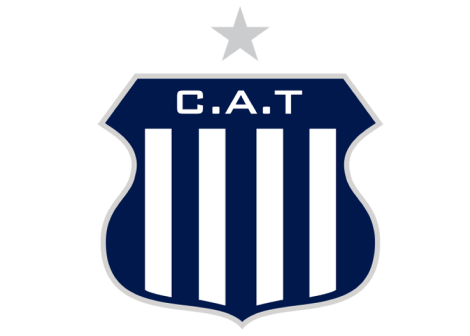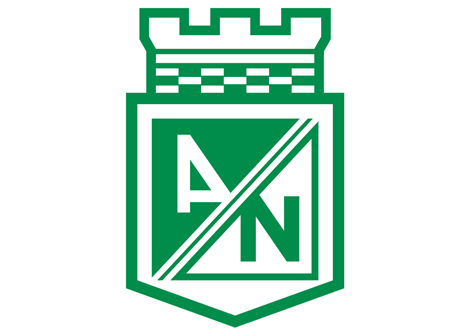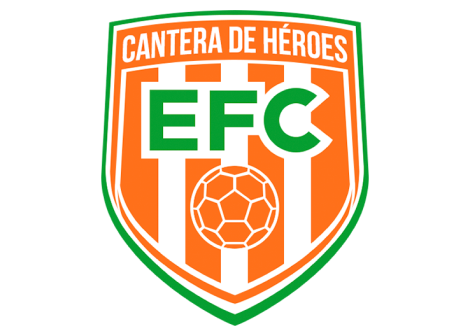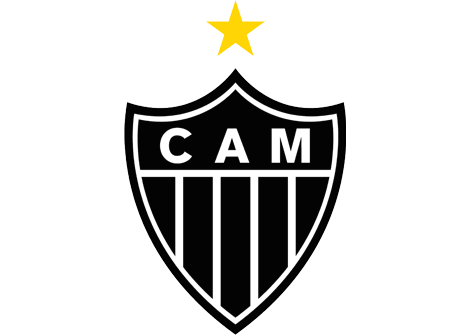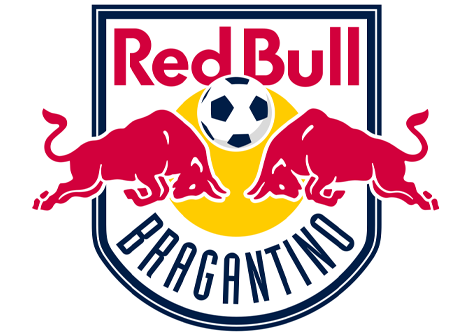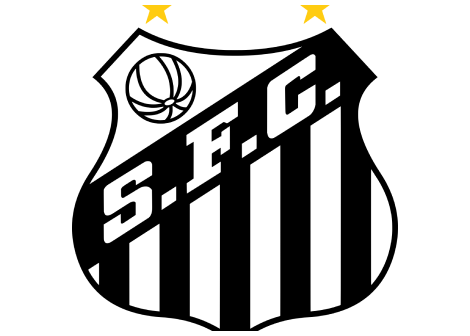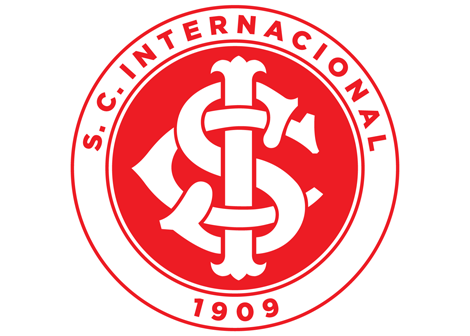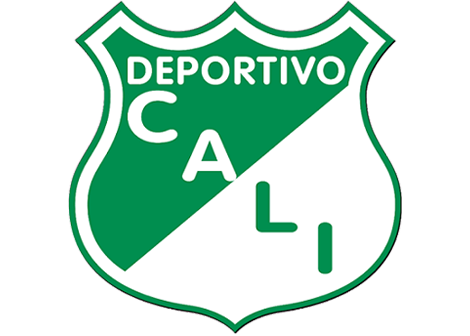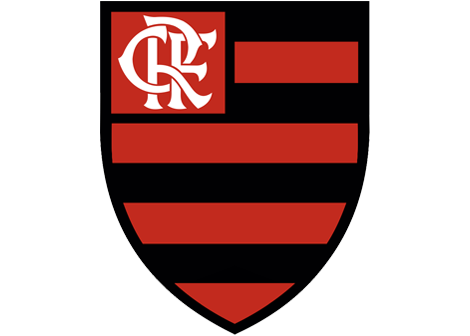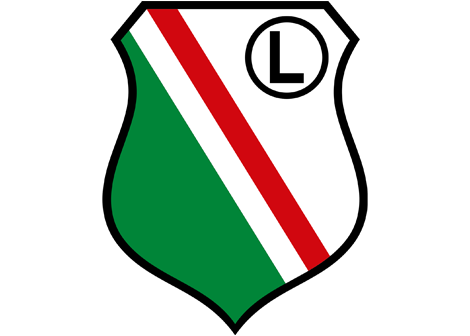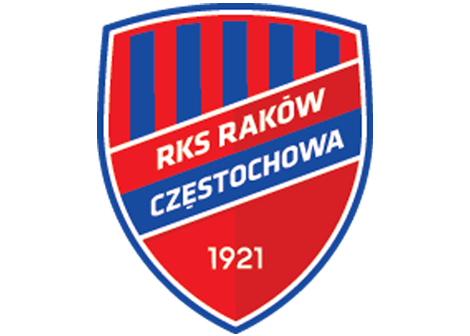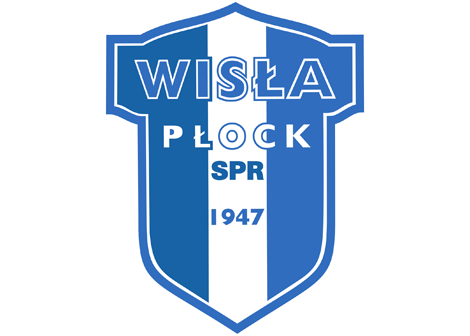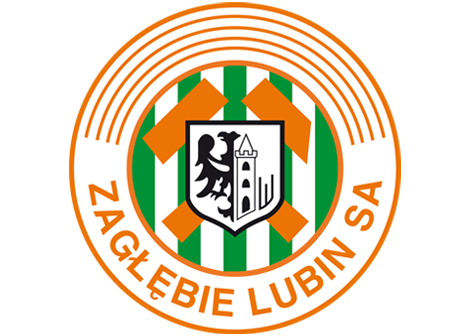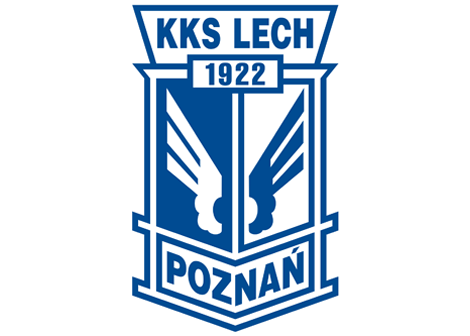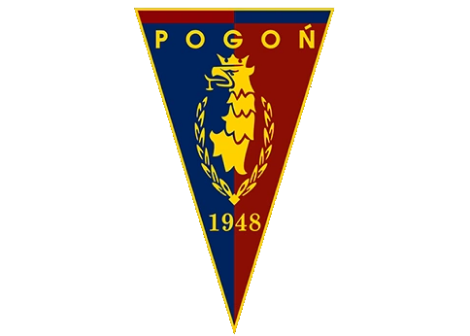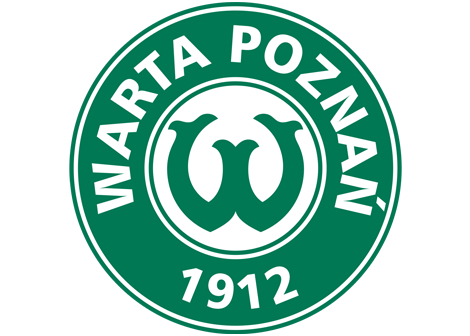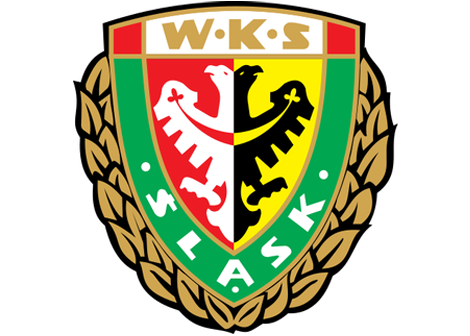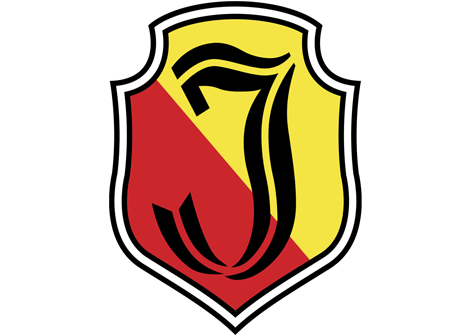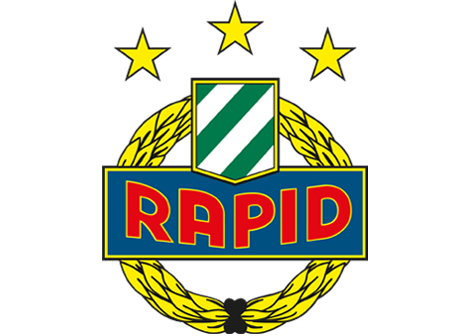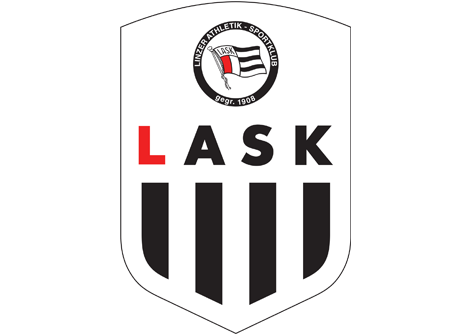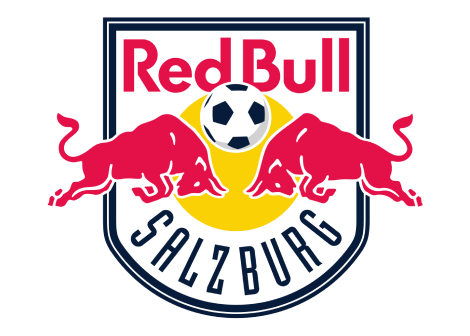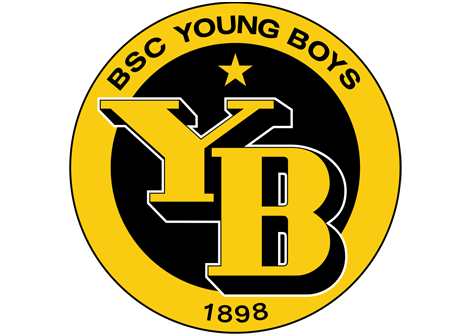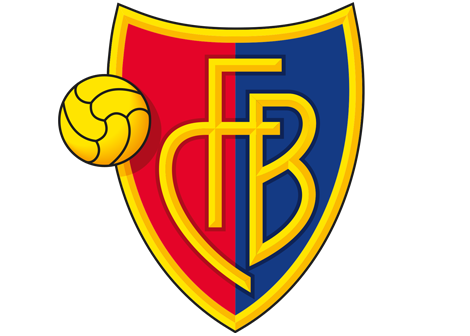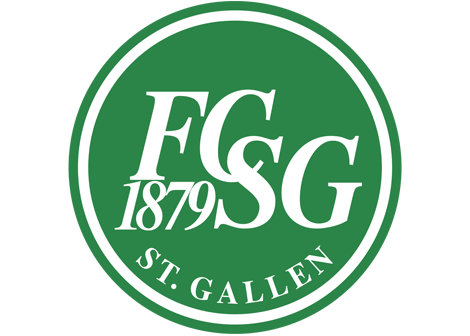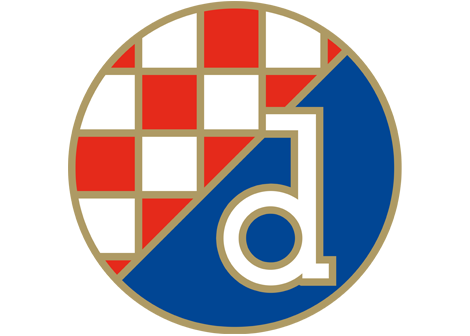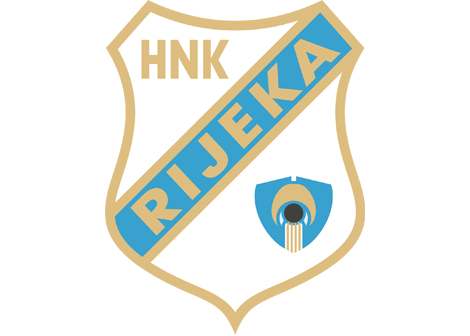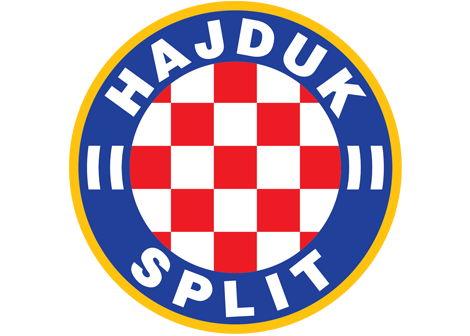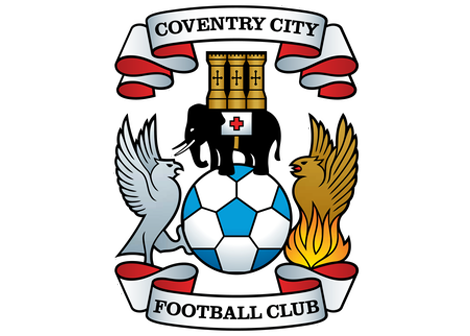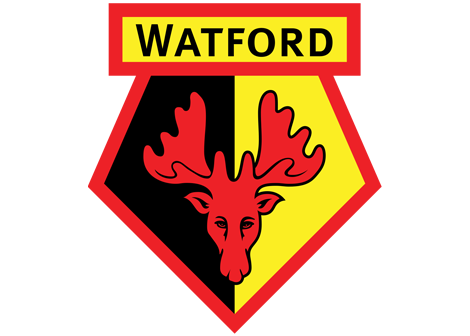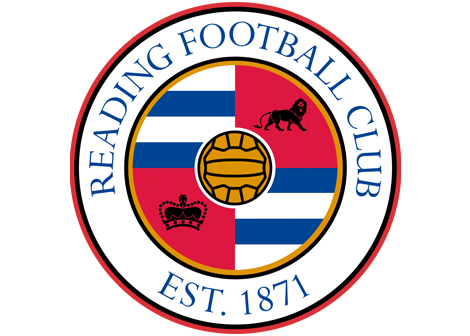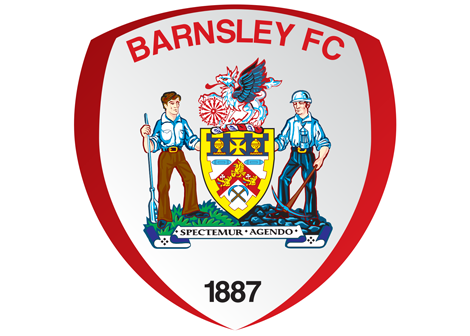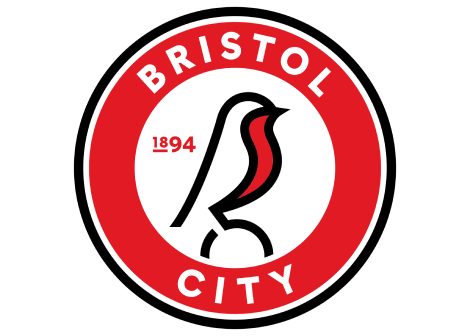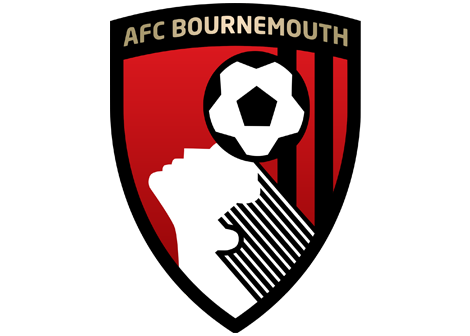How Norwegian football revitalised itself on the pitch and in the transfer market through a combination of innovative strategies and a game-changing partnership with TransferRoom.
Norway was the first country to establish this league solution. The majority of the clubs are very satisfied with the products offered by TransferRoom and have therefore chosen to renew the agreement.
Several years ago, Norwegian football was largely absent from the latter stages of European competitions. Clubs from Norway rarely progressed beyond group stages in UEFA tournaments. From 2010 to 2020, only one club (Molde FK) managed to reach a knockout round in European competitions.
Now, the landscape has changed dramatically. Norwegian teams are making their presence felt with deep runs in Europe, a new generation of talent making headlines, and even historic firsts like a club reaching a European semi-final.
Here we explore the remarkable turnaround of Norwegian football. We examine the grassroots improvements, structural changes, and emerging talents that underpin this progress, and show how this success is fuelling both sporting and commercial growth.
From underachievers to contenders
Not long ago, Norwegian clubs were considered underdogs on the European stage. After Rosenborg’s eight successive Champions League campaigns where they reached at least the group stage from 1995/96, including a quarter-final appearance in 1996/97, Norwegian teams struggled to keep up. Between 2010 and 2020, no Norwegian side reached a major European quarter-final, and progress past the group stage was exceedingly rare.
The men’s national team, too, went decades without qualifying for a major tournament, underlining the need for renewal. In women’s football, Norway’s national team had a proud history (FIFA World Cup winners in 1995 Olympic gold in 2000), but domestic clubs increasingly lagged behind the rising giants of England, France, and Spain.
Facing these challenges, Norwegian football underwent reform. Several years ago, the Norwegian Football Association (NFF) and clubs recognised that they needed to do something different.
What followed was a concerted effort to invest in youth development, grassroots facilities and modern coaching, paired with strategic planning at club level. Slowly but surely, those changes have paid off – transforming Norway’s clubs from European afterthoughts into genuine contenders.
Artificial pitches and youth development
One of the pillars of Norway’s football resurgence is grassroots development. In a country known for harsh winters and sparse daylight, the NFF made bold investments to ensure kids could play and improve year-round.
Dozens of artificial turf pitches were laid across the nation. As of 2015, about 60% of pitches in Norway were artificial. This was a game-changer: instead of waterlogged or frozen fields, young players now had consistent, quality surfaces to hone their technical skills.
As former Celtic coach (and Norwegian) Ronny Deila explained, good pitches are crucial. “If you want skills and technique, you have to play on better surfaces. They are much better in Norway where 60% of our pitches are artificial.”
The stigma around “plastic pitches” was pushed aside in favour of nurturing talent in all weather.
In addition to infrastructure, Norway embraced a “street football” ethos to encourage creativity. The NFF funded the construction of many small-size pitches in local communities, providing children with safe spaces to play informal pickup games.
This approach reflects a cultural insight: “Without exception, the players who are the best have played a lot of street football,” says Håkon Grøttland, the NFF’s Head of Player Development.
By letting kids play freely on school pitches and mini-courts, Norway aimed to develop the kind of flair often seen on Brazilian beaches or Spanish futsal courts, but now in Nordic neighbourhoods.
The NFF also rolled out an innovative player development model called the "National TEam School" (Landslagsskolen) for ages 12–16, hiring 20 full-time and 700 part-time coaches and trainers to identify and nurture talent nationwide.
Every district in Norway now has dedicated NFF talent developers and coach educators to raise standards at the grassroots level. In fact, the federation ensures “all grassroots clubs have an educated coach supervisor to help develop grassroots coaches, who are often parent volunteers”.
This means even at the smallest local clubs, coaches are supported with modern training methods and mentorship. The coach education courses shifted toward hands-on mentoring, with NFF experts visiting clubs to work with coaches on-site rather than just classroom seminars.
The result is a more unified philosophy across the country: one that emphasises game-like training, creativity, and player-centric learning.
Grøttland says: “The coach’s main job is to facilitate learning through game-like situations… encourage players to test their limits – you must accept errors.”
An environment for male and female players to shine
Crucially, Norway’s development model has been inclusive across genders from the start. The NFF was an early pioneer in women’s football. The women’s national team played its first international match in 1978, and by the 1980s and 1990s Norway was a world leader in the women’s game.
“In Norway, we started early – both with equality between the sexes and with women’s football,” says Grøttland. “It is also customary in Norway that the best girls play with boys.”
This progressive mindset ensured that talent development wasn’t limited to one half of the population.
Today, women’s football is the No.1 female sport in Norway, with over 80,000 active players. Girls benefit from the same mini-pitch infrastructure and coaching education as boys. Norway was among the first nations to institute equal pay for women's and men's national team players (announced in 2017), underlining a commitment to support the women’s game at all levels.
That broad base of participation and talent is now yielding top-class female players who shine internationally, from Ballon d’Or winner Ada Hegerberg (a product of Norwegian clubs Kolbotn and Stabæk), to Champions League stars like Caroline Graham Hansen and Guro Reiten.
In summary, the grassroots revolution – better pitches, better coaches, and a culture that values creative play – has dramatically improved the pipeline of talent in Norway. Young players are emerging with refined skills and stronger football IQs, ready to make an impact in senior football at home and abroad.
Structural changes and club strategies
Norwegian football’s rise has also been propelled by savvy structural changes and long-term planning, both at the federation and club level.
The domestic league itself has become more competitive and professional in recent years, shedding its former reputation as a one-horse race dominated by Rosenborg, who won 13 titles in a row from 1992 to 2004. Today, clubs across Norway have ambitions for excellence and a plan to achieve it.
A standout example is FK Bodø/Glimt, the small-town club from north of the Arctic Circle that has become a model of strategic transformation.
Back in 2016, Bodø/Glimt were relegated to the second division. That prompted major changes.
The club’s leadership developed a clear strategic plan in 2012, well before the relegation, focusing on three pillars:
- Developing North Norwegian talent
- Establishing Bodø/Glimt as a stable top-flight club
- Building a sustainable financial base
This vision provided the foundation for everything that followed. They heavily invested in their academy, which is now rated among the top three in Norway by the NFF. And they committed to a distinctive style of play and club culture.
By hiring innovative coaches and staff – including bringing in a former fighter pilot, Bjørn Mannsverk, as a mental performance coach – Bodø/Glimt built a forward-thinking environment.
Players were taught techniques like meditation and mindfulness. Famously, the squad even avoids talking about winning or league tables, focusing instead on performance and personal growth. These unusual methods, combined with a relentless attacking philosophy on the pitch, created a tight-knit, fearless team culture.
One journalist said, “there is not a single clichéd comment at Bodø about needing to pick up three points,” with the focus solely on continuous improvement.
Bodø/Glimt’s strategic overhaul echoes across Norwegian club football, with numerous others doubling down on a longer-term vision around youth development.
Molde FK, benefitted from the vision of coach Ole Gunnar Solskjær in the early 2010s, who brought modern training methods from his Manchester United background and gave many young players a chance. Molde became a consistent contender, winning multiple league titles and setting up scouting networks to find the best Norwegian prospects, including Erling Haaland, whom Molde signed at 16).
Rosenborg BK, the traditional powerhouse, responded by modernising its operations as well – including merging with its local women’s club, Trondheims-Ørn, in 2020 to form Rosenborg Kvinner, reflecting a drive to unify the club and its community.
In the capital, Vålerenga and other clubs have invested in sports science and analytics, hiring analysts and partnering with tech companies to gain an edge.
On the women’s side, structural support has grown through closer ties with men's clubs and increased professionalism. Several historic women’s teams have partnered with larger club organisations to share resources.
In 2022, Sandviken – a top women’s team from Bergen – merged into SK Brann (the city’s men’s club), rebranding as Brann Kvinner and promptly winning the league and Cup double in their first season as part of Brann.
Moves like this have brought greater financial backing, marketing, and facilities to the women’s league. The NFF also continues to push for quality with licensing requirements and the upcoming 2025–30 strategy focusing on “club development structures that put players at the centre” – indicating that nurturing talent for both genders remains a national priority.
Overall, Norwegian clubs realised that competing in Europe required thinking beyond short-term results. By adopting clear philosophies, investing in youth, and embracing modern sports management, they created the structures to support sustained success.
Talents that underpin the development
While putting the foundations in are key, you do need to see some early proof points to reinforce the system is correct. In recent years, Norwegian football has produced a stream of exciting talent across both men’s and women’s football, showing that the new system can create stars capable of competing at the highest level.
On the men’s side, the most high-profile example is undoubtedly Erling Haaland. Born in Leeds, England, to a footballing family but raised in Norway, Haaland came through the youth ranks at Bryne FK and Molde FK, where coaches helped refine his raw potential. By 2018, at just 17, he was terrorising Norwegian league defences with Molde – a development that led to a move abroad and an unstoppable rise to global superstardom.
Haaland’s journey from Norwegian academies to breaking Champions League records exemplifies the improved pathway for Norwegian youngsters: he honed his skills at home before taking on the world.
Another prodigy, Martin Ødegaard, captured attention even earlier. Ødegaard made his senior debut for Strømsgodset at age 15 and became the youngest goalscorer in Tippeligaen, before earning a transfer to Real Madrid a year later.
Interview: Why the agency representing Ødegaard joined TransferRoom
His precocious technique was in part a product of Norway’s enhanced youth setup – Ødegaard benefited from extensive individual follow-up by NFF trainers and special development plans as a teenager. Now captain of Arsenal, Ødegaard blossomed into a star midfielder, vindicating the investment into his early development and broader faith in Norwegian talent.
Beyond these two headline names, Bodø/Glimt’s recent success was built on a “golden generation” of youth graduates like winger Jens Petter Hauge and midfielder Patrick Berg. Hauge and Berg grew up in Bodø and were key figures in the club’s first title in 2020 before moving to bigger leagues (AC Milan and RC Lens, respectively).
Petter Hauge, in particular, showcased his talent in a Europa League qualifier against AC Milan – scoring and assisting in a thrilling match – leading the Italian giants to sign him days later for a club-record €4.8million fee.
There are plenty of other examples, including Sander Berge, developed at Vålerenga, became a midfield stalwart for Belgium’s Genk and later moved to the Premier League.
Many of these talents maintain strong ties to their roots and the Norwegian emphasis on humility and teamwork, so when players like Hauge or Berg return on loan, it strengthens the idea that Norwegian football is a family that nurtures and welcomes its own.
It’s all about creating an environment which helps young players flourish without excessive pressure. Even Haaland, for all his fame, often speaks about his time in Norway with gratitude – those developmental years built his fundamentals in a way that big clubs now admire.
The TransferRoom partnership
Norwegian football’s recent resurgence and the country’s emergence on the global stage has also coincided with increased access and opportunities for its clubs in the global transfer market through TransferRoom.
Norsk Toppfotball, consisting of Norway's top division, Eliteserien, and second tier, OBOS-ligaen, signed the very first league-wide agreement with TransferRoom in 2019, in line with Norwegian football’s innovative approach to improvement.
It meant that all 32 clubs across the two leagues gained direct access to TransferRoom’s online platform, where they can connect with 800 club decision-makers and 550 Trusted Agents across 100 leagues.
"Norway was the first country to establish this league solution. The majority of the clubs are very satisfied with the products offered by TransferRoom and have therefore chosen to renew the agreement," said Erik Hoftun, the Sporting Director of NTF and the Norwegian Professional Football League (NPFL).
The access to the key decision makers in world football and reliable, accurate information on player availability and clubs' market needs has contributed to a period of huge growth for Norway's top two leagues, especially for the transfer fees in and out of the Eliteserien.
In 2018, the last year before they joined TransferRoom, the average transfer fee out for Eliteserien clubs was €59,462 and the average fee for an incoming transfer was €33,254.
In 2023, the average fee out was €556,257, nearly 10 times more, and the average fee in was €177,582, almost six times as much.
Strømsgodset: Why we are on TransferRoom
The European stage & the commercial road ahead
Norwegian clubs have punched above their weight in European competitions, signalling a revival of the nation’s footballing fortunes.
The most eye-catching story has been Bodø/Glimt’s rise in Europe. This modest club from a town of 50,000 has achieved what no Norwegian team ever had: reaching the semi-final of a major UEFA competition.
In spring 2025, Bodø/Glimt made history by defeating Italy’s Lazio in a dramatic Europa League quarter-final (prevailing in a penalty shootout in Rome) to become “the first Norwegian club to reach the semi-finals of a European competition.”
The club’s European runs and domestic titles have translated into a financial windfall that dwarfs their prior resources. “The club has gone from a budget of €4.2million in 2017 to revenue of €60 million last year,” says their CEO, Frode Thomassen.
By 2021 Bodø/Glimt had become the highest-earning club in Norway, surpassing even much larger clubs, largely thanks to European prize money and player sales.
Participation in UEFA competitions proved lucrative: 60% of Bodø/Glimt’s broadcast revenue in 2021 came from European matches, and 35% of their matchday income that year was from those continental fixtures.
Clubs that were once operating on tight budgets are now managing far larger revenues, transfer incomes and international deals, necessitating a more sophisticated approach to club management.
Across the league, clubs are inserting sell-on clauses and performance-based add-ons when transferring players abroad, ensuring that if a Norwegian-trained player becomes a star elsewhere, his original club shares in the upside.
For example, smaller clubs like Bryne and Strømsgodset benefited from solidarity payments and add-ons when Haaland and Ødegaard made major moves. This trend has turned player development into a sustainable revenue stream.
All these positives come with new challenges, particularly for club management and Sporting Directors.
Handling a larger budget, navigating international transfers, and structuring complex contracts require professionalism and foresight. There are now lots of contingency clauses to track – from sell-on percentages to performance bonuses – as well as players on higher wages as clubs scale up.
Increasing numbers of clubs are looking for a solution to help them automate the tracking and forecasting of these complex clauses, which is why TransferRoom has released Contingency AI, the future of automated contract management for football’s finance teams.
Contingency AI is designed to automate how contingency payments, due and owed, are tracked, managed and forecast for football clubs globally.
The platform allows clubs to track contingency clause fulfilment in real time within a centralised dashboard to showcase both incomings and outgoings and forecast when clauses are likely to be realised across both transfer and salary payments.
The platform provides a single source of truth for finance teams, sporting directors and HR to deliver error free, automated financial planning at scale.
For ambitious clubs like those emerging from Norway, tools like this will become crucial to the day to day running of the commercial side of their business and give them a distinct advantage in the transfer market when it comes to maximising player ROI.
There are over 800 clubs worldwide using TransferRoom, find out how to join them here.
Book an intro call
Trusted by decision makers from 800+ clubs worldwide
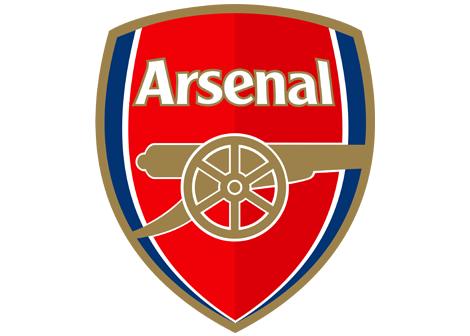
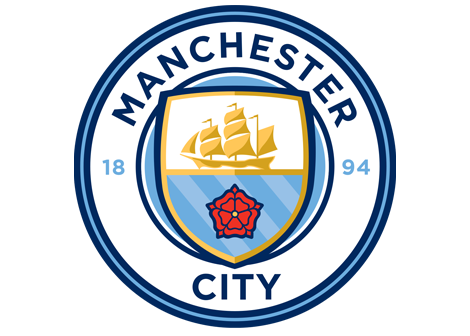
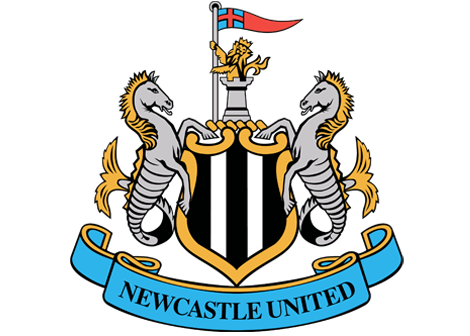
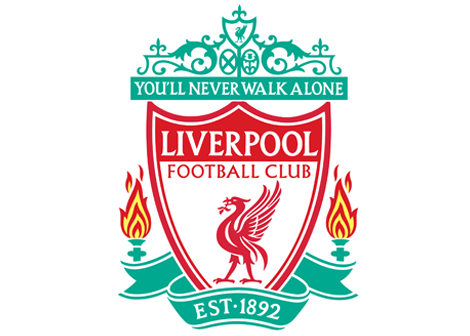
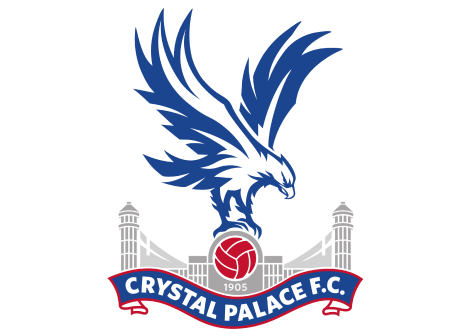
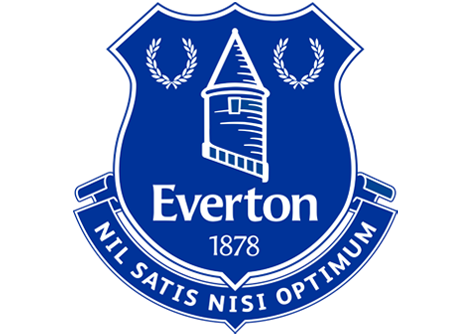

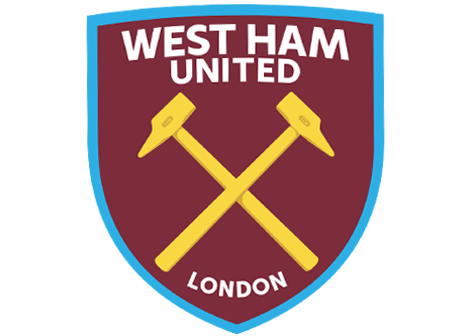

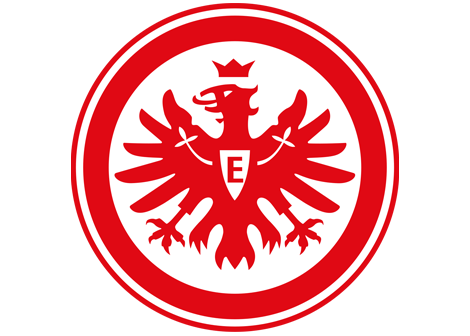
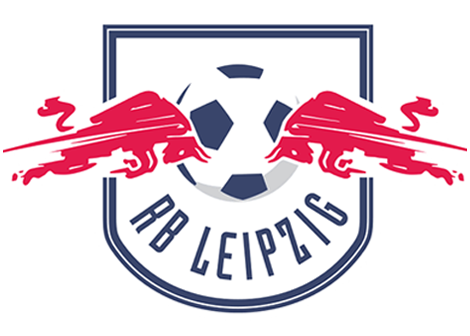
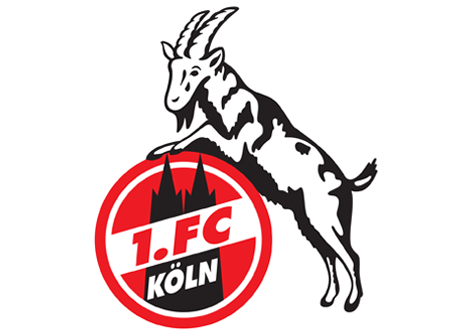

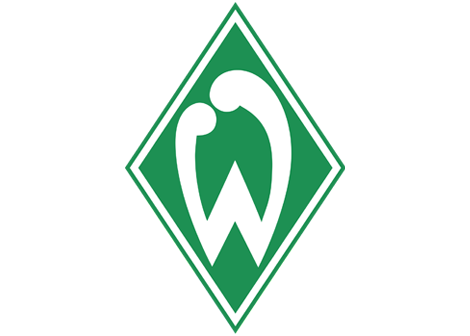

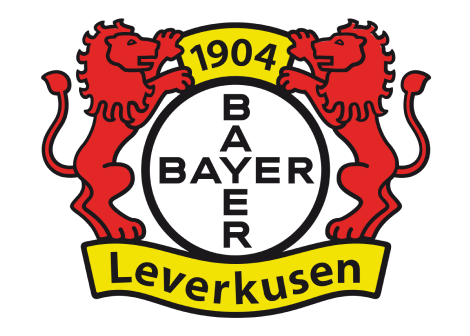
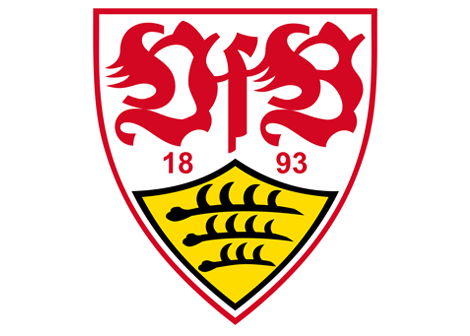
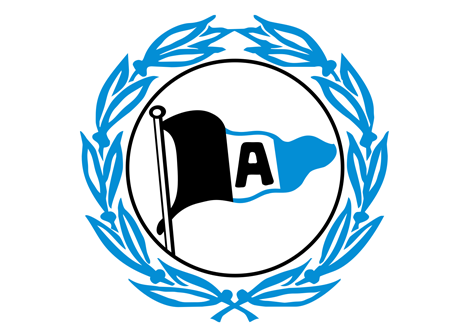
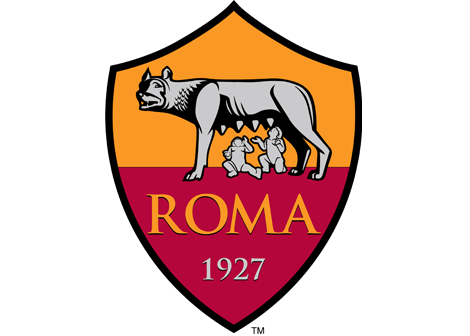
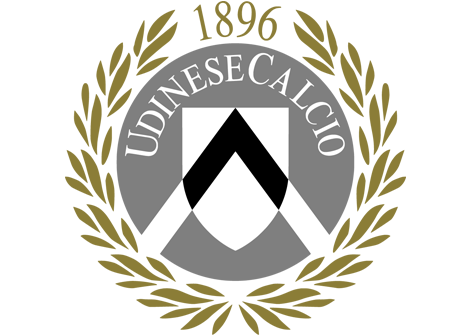
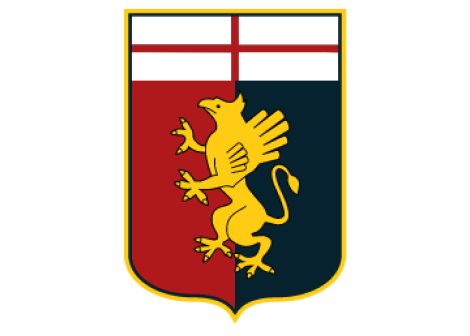
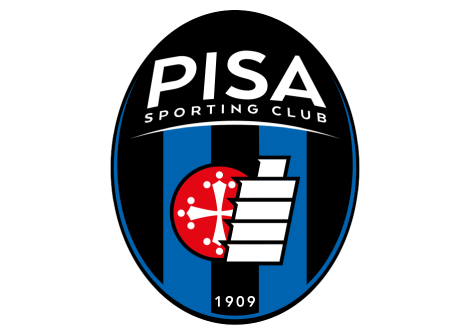

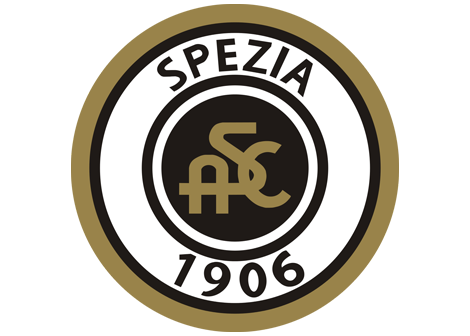

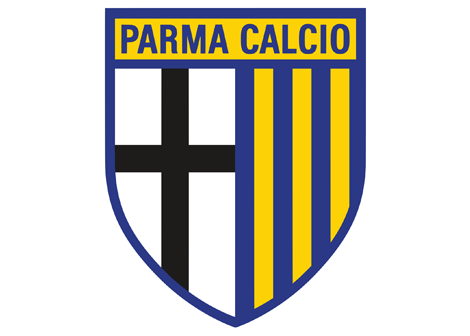
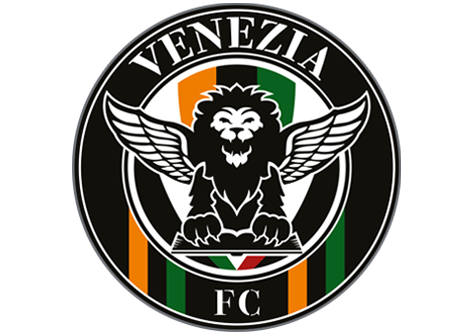
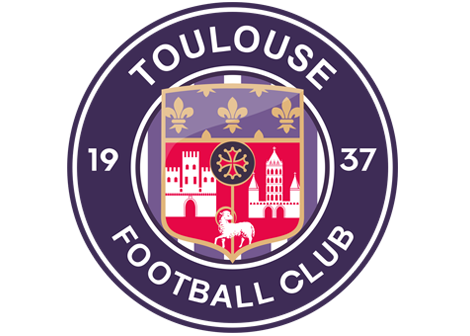
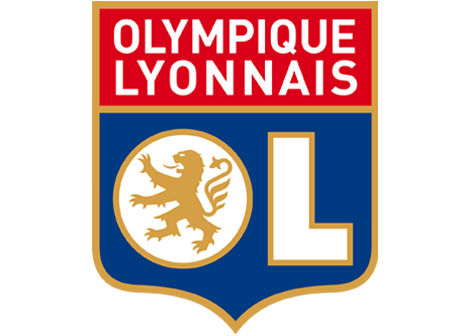
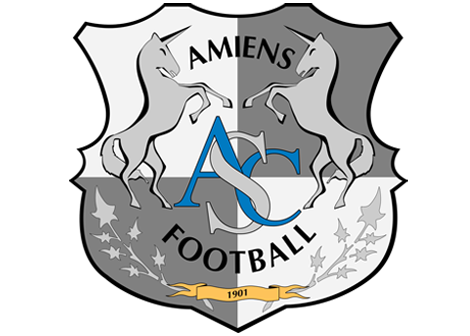
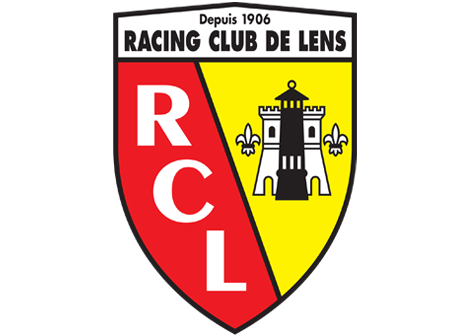
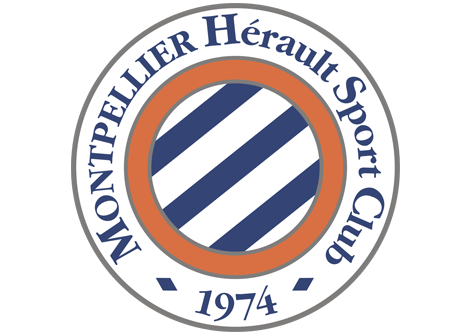
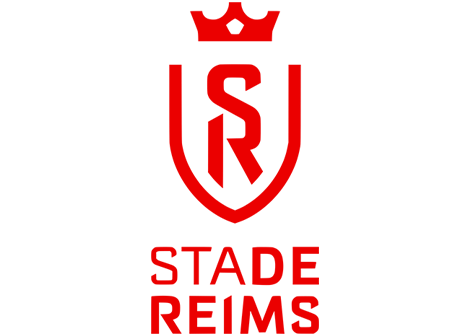
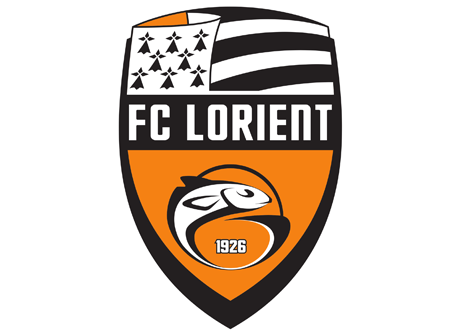
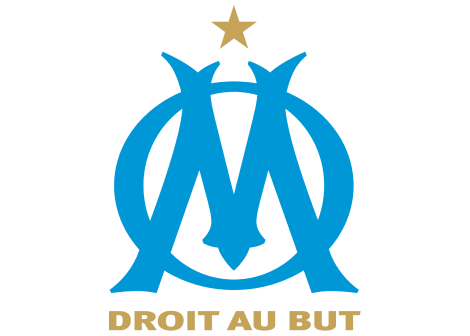
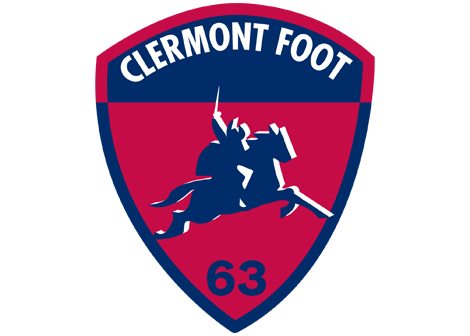
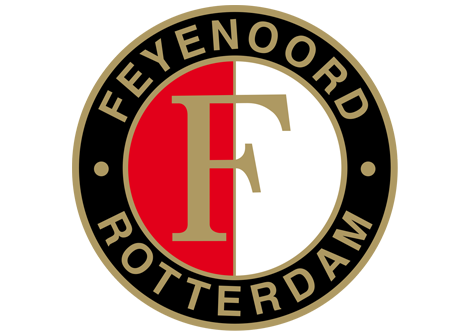
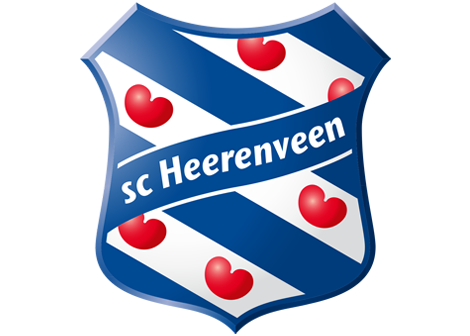
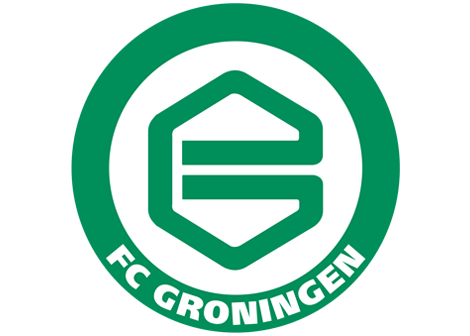
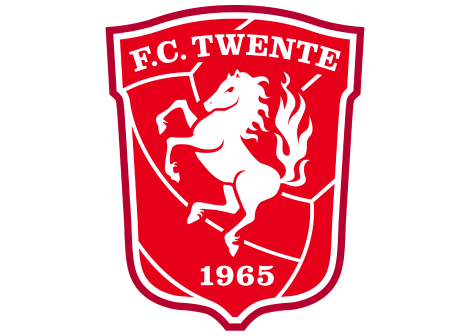
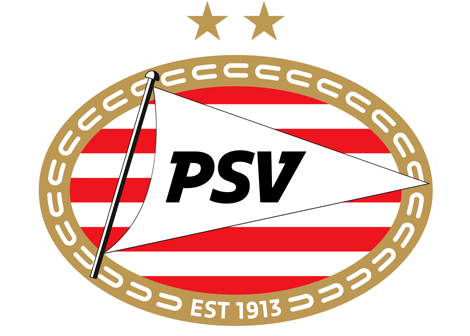
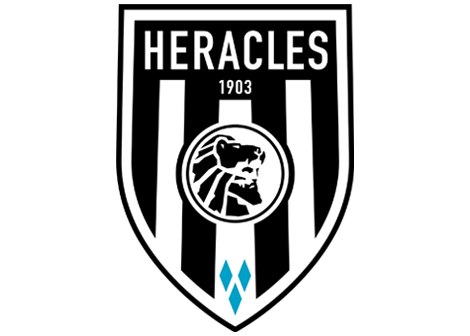
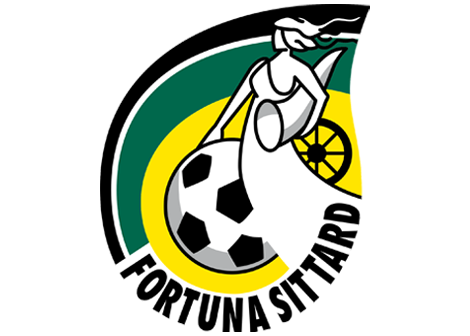
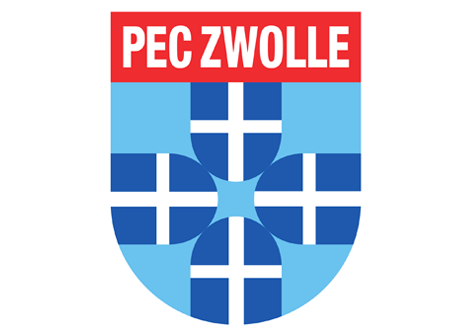
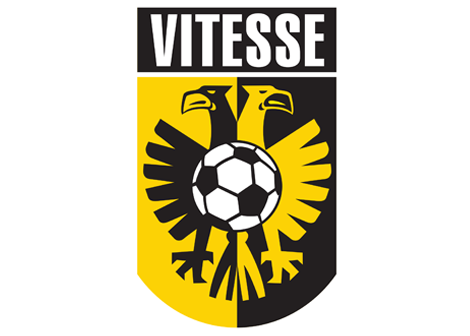
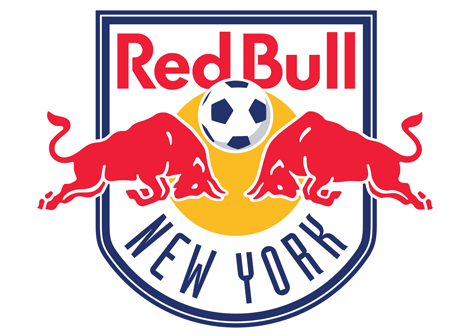

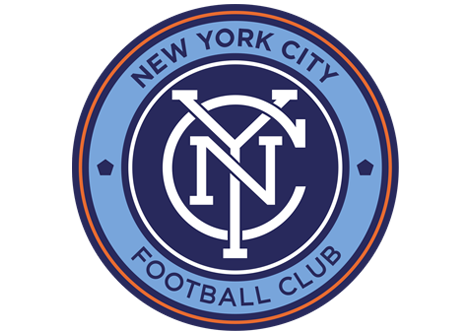
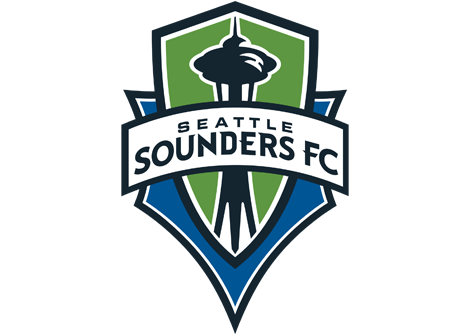
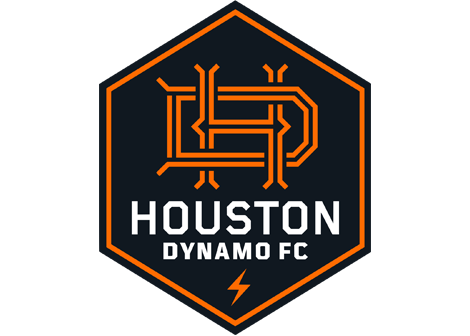
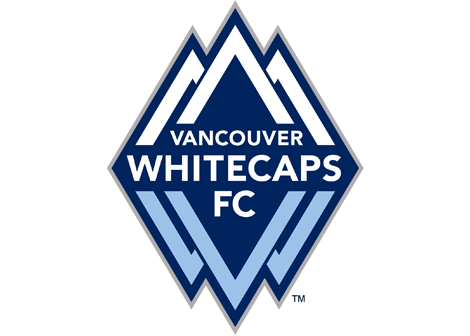
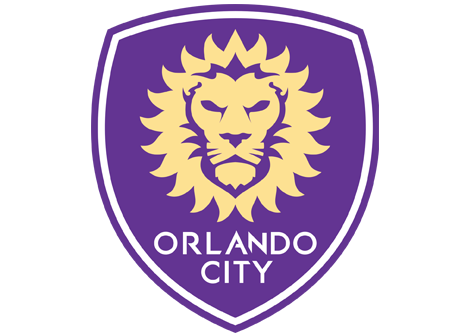

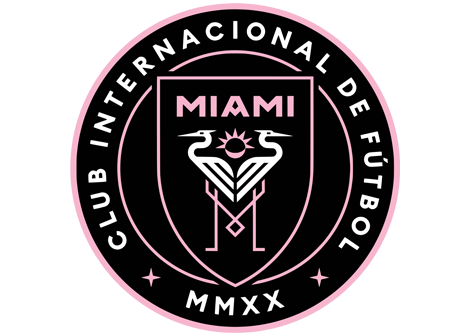
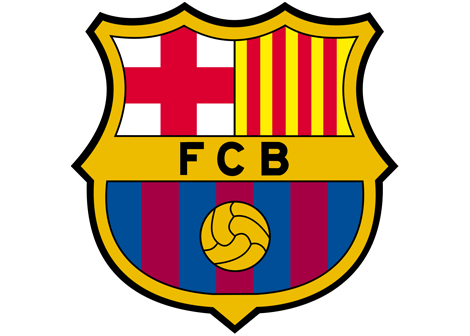

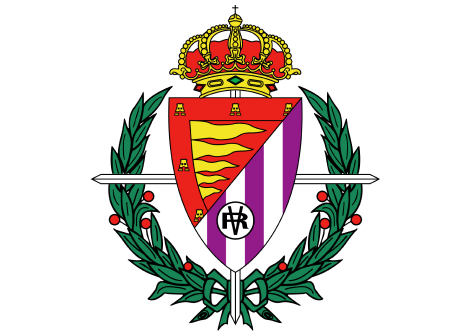
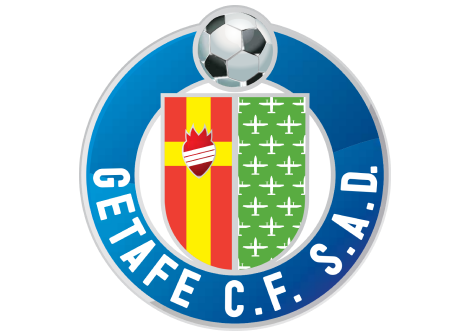
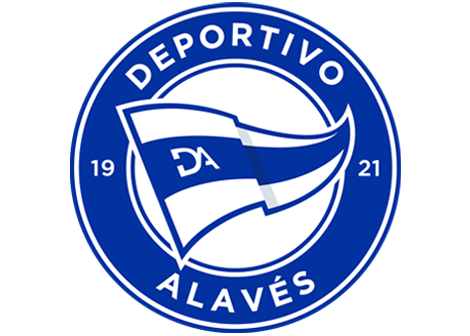
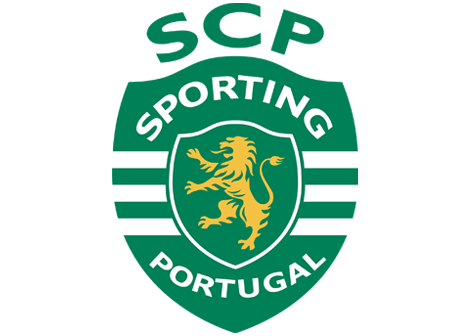
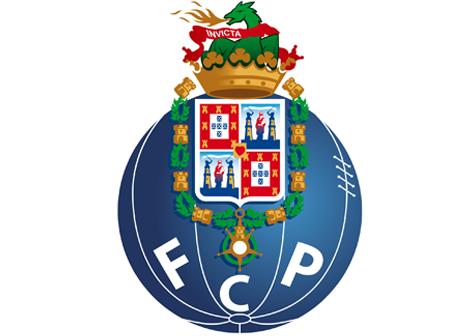
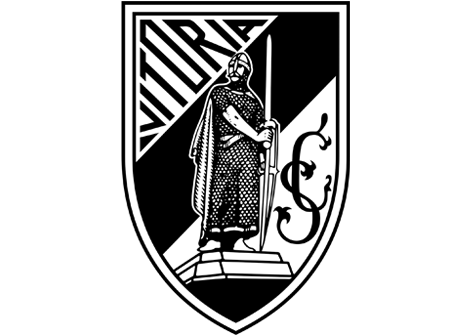
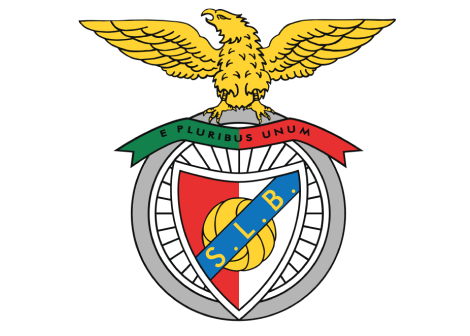
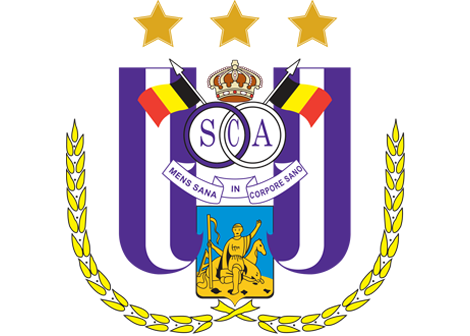
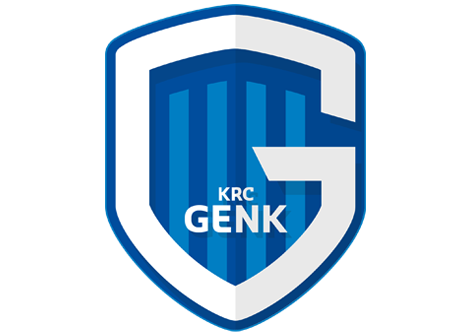
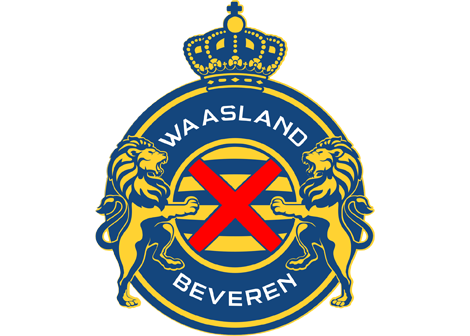
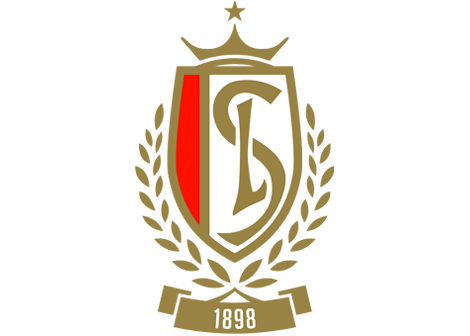
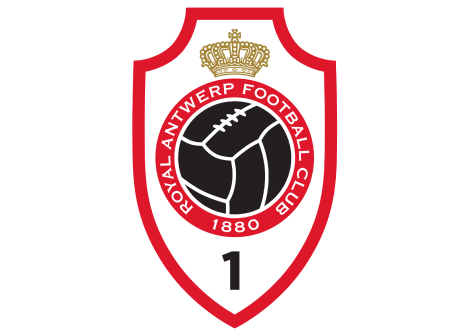
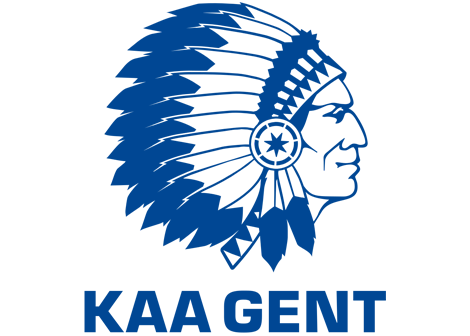
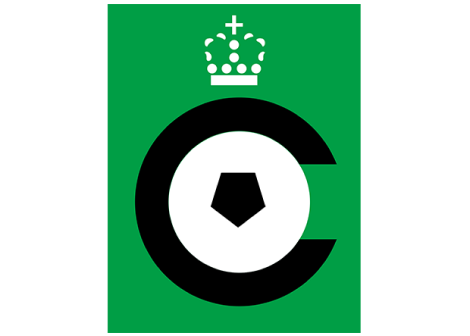
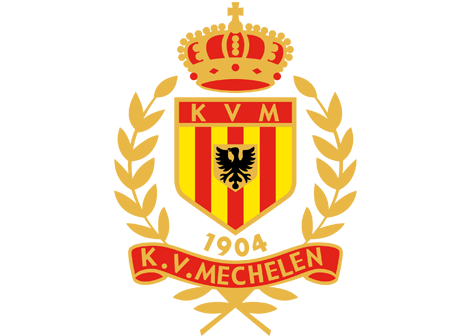
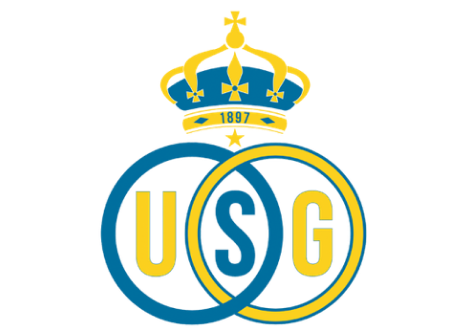
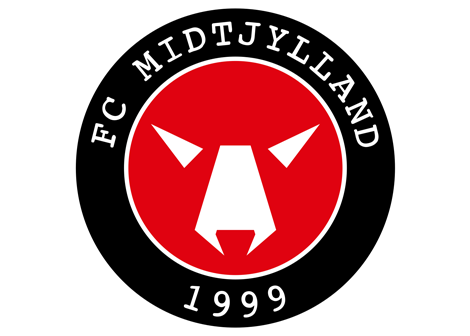
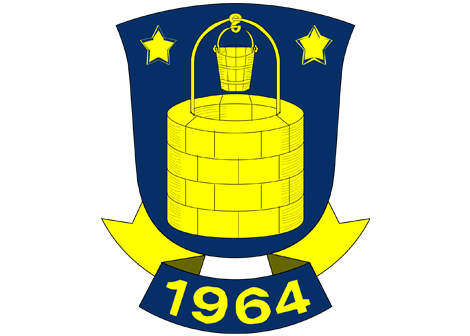
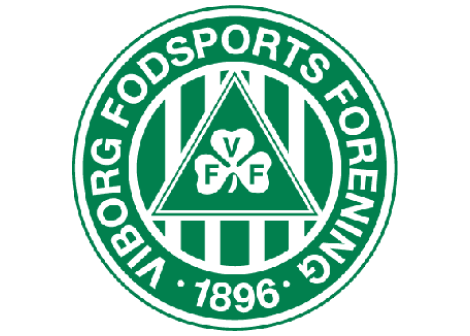
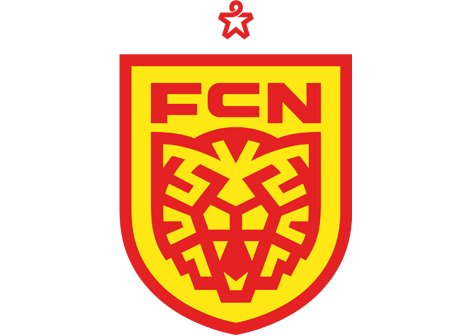
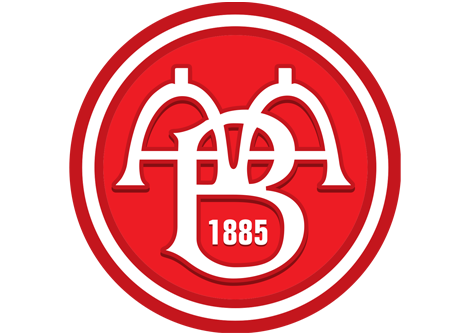
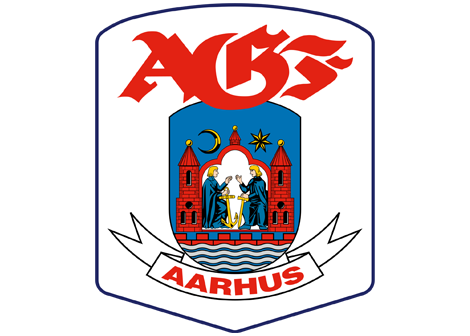
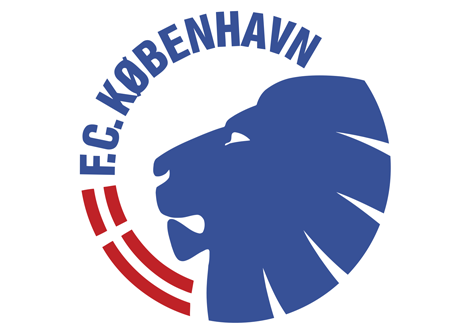
/SWEDEN/Malm%C3%B6%20FF.png)

